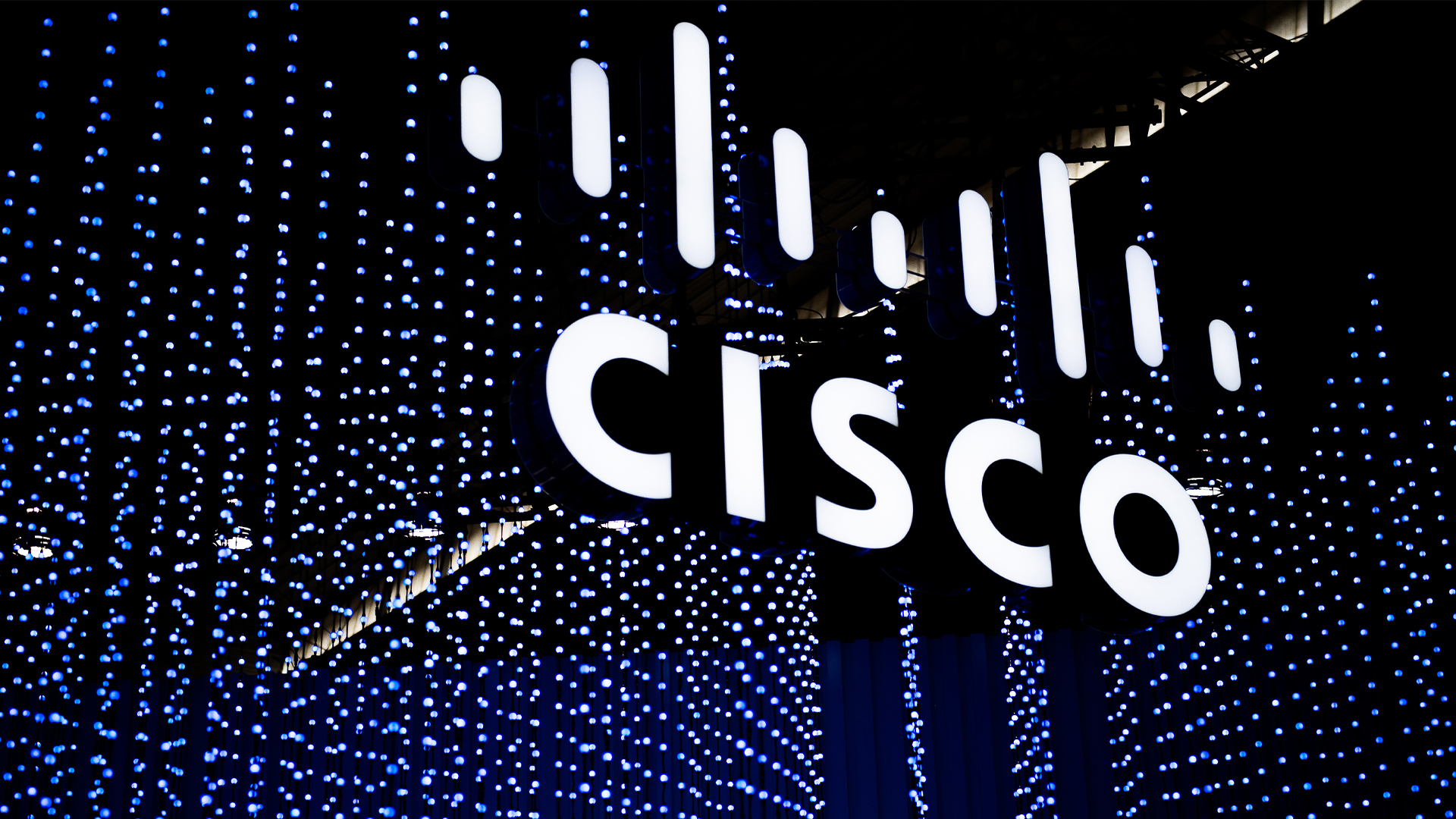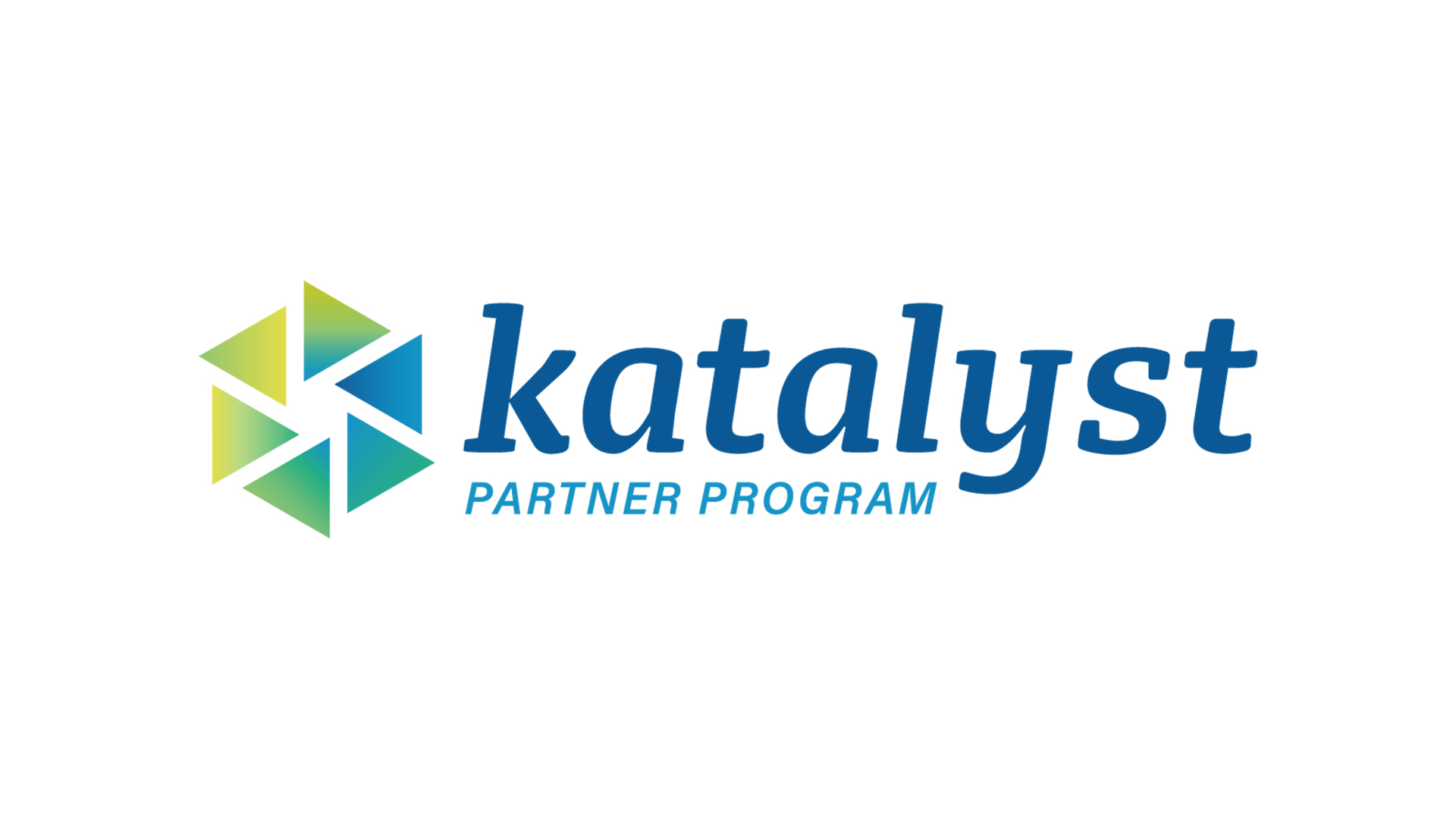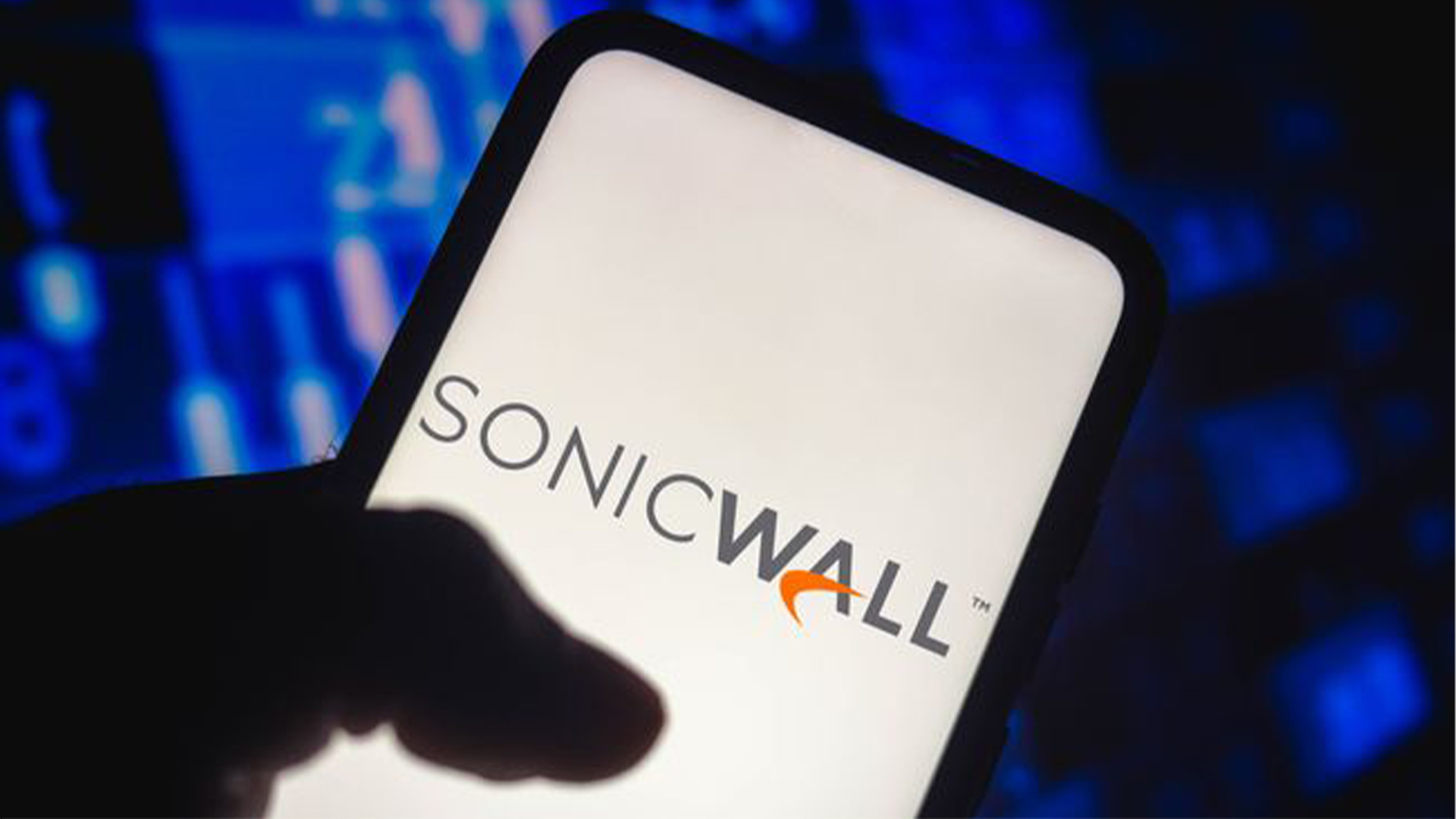Is private equity investment in tech a danger to the channel?
Analyst Canalys warns that the increase in private investment puts the channel at risk


The IT industry has seen a surge in private equity (PE) investment of late. Traditionally a source of funding for start-ups, larger vendors such as LogMeIn, McAfee, Sophos, Veeam and Veritas have all benefited from PE funding over the last year.
But what does this wave of private investment mean for the channel, and should partners be worried about the potential fallout for their businesses?
Channel analyst Canalys believes so, arguing that increasing private equity investment puts the channel at risk.
In its predictions for 2020, the firm notes: “The continued investment by private equity firms in technology vendors is a lit fuse which is designed to ignite value (and return) for shareholders, but which often ignores the long-term value brought by the channel. Investment houses, even ones specialising in technology portfolios, can view the value of these vendors as binary and react adversely to short-term shocks.”
Canalys contends that private investors see vendors in parts rather than something that’s value is greater than the sum of its components. It adds that the risk of breaking up those businesses and selling them off or divesting elements to third parties – as in the case of Symantec selling its security services arm to Accenture – is real.
“Private equity sees certain things as being valuable and some have a better idea of how to leverage that value than others,” Robin Ody, channel analyst at Canalys, tells Channel Pro.
“Some companies are acting like PE investors, like Broadcom with Symantec. Broadcom is obviously a vendor but has invested in a PE fashion with Symantec and is going about that not a channel-friendly way, but in a way that Broadcom considers will unlock value. It is pulling apart Symantec and selling it off piecemeal.”
ChannelPro Newsletter
Stay up to date with the latest Channel industry news and analysis with our twice-weekly newsletter
Ody acknowledges this situation is somewhat different to experienced PE technology investors such as Insight Partners, Thoma Bravo, Vista Equity Partners or Summit Partners, which have years of knowledge and experience in investing in tech companies.
However, problems can arise over whether the PE firm sees the channel as being of value. For example, the channel today is encouraged to deliver their own services and focus less on resale. These services might not be apparent on the balance sheet of the vendor.
“You could say a rising tide brings up all ships, but it doesn’t necessarily translate in the way an investor would look for,” says Ody. “For example, the revenue and the margins are being driven more by the reseller in their own business, on top of the technology they are using. The key for any PE companies is to understand that all these things are connected rather than trying to break it up in a ruthless fashion and just looking at things as line items.
“You can’t separate the value of the channel from the vendor because the whole reason why the vendor has a value in the market is because of the value that the channel can bring.”
Vendors: nothing to see here
The vendors Channel Pro contacted maintain their private injections of cash are good news for the channel.
Swiss data management vendor Veeam announced its acquisition by Insight Partners in a deal worth $5 billion in January. Under the new ownership, Veeam will become a US company, with a US-based leadership team. It contends that the investment will benefit its channel partners.
“Many private equity firms are driven by cash and returns, but we have been actively working with Insight Partners on how to increase our investment in the channel with people, marketing and R&D,” says Gilles Pommier, VP of channel and alliances, EMEA, at Veeam. “We have continued to hire, grow our business, and improve our partner programmes. Our partners recognise this commitment and appreciate our ongoing simple, flexible and reliable approach.”
Elsewhere, privately backed Cohesity announced $250 million in Series E funding in April. Bill Lipsin, VP of global channel sales at the company, maintains the recent investment is a positive for its partners.
“We are working closer than ever with our channel partners, but having only announced the investment a few weeks ago it is slightly premature to elaborate more on how that investment will filter into the partner community,” Lipsin tells Channel Pro. He did however add that partners can expect to see more partner enablement, but there won’t be any significant changes until FY21 and after its sales kick-off event later this summer.
Even more recently, cloud migration and optimisation firm Virtana announced a new $15 million investment from HighBar Partners and Benhamou Global Ventures.
“100% of our business goes through the channel. This investment allows us to message, package and deliver, and the way our products are packaged are aligned to the needs of our partners,” says David Cumberworth, managing director EMEA at Virtana.
Direct (sales) danger
Despite these assurances, there is a danger that investors in vendors with a mixed go-to-market model will, in times of economic downturn, want to bypass the channel and revert to a more direct sales model.
“Some people say ‘we can replace that channel revenue if we just invest in our own teams, we can go direct’, but they can’t because the value of the channel is to the customer, in being that trusted advisor,” says Ody.
“Even if margins are relatively low on some deals for the largest publicly quoted companies, they are absolutely necessary for the enterprise and public sector to continue their digital investments. They need these partners that have invested in skills and certification over the years, they trust them. It’s much harder to replace a Computacenter than it is to replace your average tech vendor in your environment.”
Ody says investors need to reassess where the channel sits in the value chain.
“When you look at channel models, there’s a pyramid with a vendor at the top, and the channel partners at the bottom,” he says. “To any investor, and particularly this year, you have to invert that pyramid with the channel at the top. On top of that you have to look at the channel’s customers, and the customer’s customer, because if there’s no money coming into what is now a funnel rather than a pyramid, then there is no value to the vendor.”
Ultimately, private equity investment requires a long-term approach rather than looking for short-term gains. It also needs to recognise what channel partners bring to their investment – in many cases they are the customer-facing side of the vendor. The channel’s value is therefore intrinsically tied to the vendor’s own worth, and it will be important to remember that, at this time more than ever.
Christine has been a tech journalist for over 20 years, 10 of which she spent exclusively covering the IT Channel. From 2006-2009 she worked as the editor of Channel Business, before moving on to ChannelPro where she was editor and, latterly, senior editor.
Since 2016, she has been a freelance writer, editor, and copywriter and continues to cover the channel in addition to broader IT themes. Additionally, she provides media training explaining what the channel is and why it’s important to businesses.
-
 CyberOne appoints Microsoft’s Tracey Pretorius to its advisory board
CyberOne appoints Microsoft’s Tracey Pretorius to its advisory boardNews The threat intelligence leader will provide strategic guidance to CyberOne’s executive team
By Daniel Todd
-
 CISA issues warning in wake of Oracle cloud credentials leak
CISA issues warning in wake of Oracle cloud credentials leakNews The security agency has published guidance for enterprises at risk
By Ross Kelly
-
 Cisco names Oliver Tuszik as global sales chief
Cisco names Oliver Tuszik as global sales chiefNews Cisco has announced the appointment of Oliver Tuszik as its new executive vice president of global sales, who replaces Gary Steele.
By Daniel Todd
-
 Katun targets accelerated growth, greater collaboration with new partner portal
Katun targets accelerated growth, greater collaboration with new partner portalNews Printing and imaging specialist Katun has announced the launch of its new Katalyst Partner Portal, designed specifically to drive channel collaboration.
By Daniel Todd
-
 ‘Here in the European market, I think we are in a good position’: DocuWare CEO Dr Michael Berger on the company’s rapid growth
‘Here in the European market, I think we are in a good position’: DocuWare CEO Dr Michael Berger on the company’s rapid growthNews ChannelPro sat down with DocuWare CEO Michael Berger to discuss the company's rapid growth and channel strategy.
By Bobby Hellard
-
 Group-IB launches partner program as channel-first strategy kicks off in Europe
Group-IB launches partner program as channel-first strategy kicks off in EuropeNews The vendor said the initiative reflects its commitment to building a resilient cyber security ecosystem across Europe
By Daniel Todd
-
 Datatonic eyes fresh growth drive with new CEO appointment
Datatonic eyes fresh growth drive with new CEO appointmentNews Datatonic has announced the appointment of Scott Eivers as its new CEO as the enterprise data and AI solutions provider looks to its next phase of growth.
By Daniel Todd
-
 Marketing talent brain drain could stunt channel partner success
Marketing talent brain drain could stunt channel partner successNews Valuable partner marketing skills are at risk of being lost as the structure of channel marketing teams continues to shift, according to new research.
By Daniel Todd
-
 LevelBlue launches new partner program that’s “built for the future”
LevelBlue launches new partner program that’s “built for the future”News The new partner initiative features a flexible, consumption-based model to help partners drive revenue
By Daniel Todd
-
 SonicWall pins ‘transformational year’ on strong partner growth
SonicWall pins ‘transformational year’ on strong partner growthNews The vendor’s channel-first strategy has fueled a 42% year-over-year increase in overall partner growth
By Daniel Todd